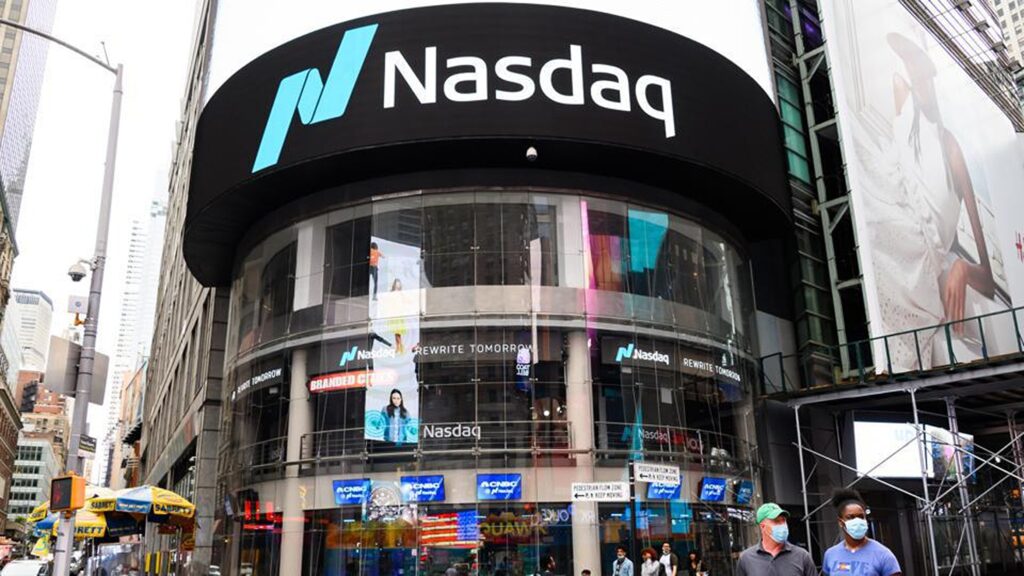Nasdaq (NDAQ.O) recently announced the resolution of a technical glitch that disrupted trading activities for over two hours before the market opened on Monday.
Although the company refrained from providing specifics about the glitch’s severity, it confirmed that the issue was related to the matching engine, which is crucial for processing buy and sell orders.
“The Nasdaq Stock Market has resolved its earlier matching engine issues and all systems are operating normally. Nasdaq will provide a full postmortem when available,” Nasdaq stated on its website.
This incident marks the second technical glitch Nasdaq has encountered in recent months.
Nasdaq is a primary listing venue for several leading U.S. tech firms, including Apple (AAPL.O), Tesla (TSLA.O), and Nvidia (NVDA.O).
Technical issues such as these can significantly disturb the markets, undermine traders’ confidence, and draw attention from regulatory bodies like the Securities and Exchange Commission.
A source revealed that the glitch affected merely 0.8% of the total volume traded on the exchange.
However, the incident led to unusual market conditions, such as abnormally wide spreads between the buying and selling prices of stocks.
“The ‘ask’ was below the bid, consistently since 5:00 a.m. ET for a majority of stocks … some spreads had the ‘ask’ lower by as much as $1/share,” commented Seth Golden, president of Finom Group.
In response to the glitch, other trading platforms, including Cboe (CBOE.Z) and the New York Stock Exchange (NYSE), declared self-help against Nasdaq, which they later revoked. Self-help allows exchanges to redirect orders to alternate venues in case of internal issues.
“Brokers have access to other exchanges. So in that sense the system is set up correctly,” explained Joe Saluzzi, co-manager of trading at Themis Trading, highlighting the market’s resilience and redundancy.
The malfunction was attributed to problems with the “RASH FIX” order handling system, a protocol used for the electronic exchange of securities transactions.
Despite recent challenges, major exchange outages have been relatively rare, with Nasdaq experiencing a significant system error last December and NYSE facing a glitch last year that affected the opening auctions for numerous stocks.
